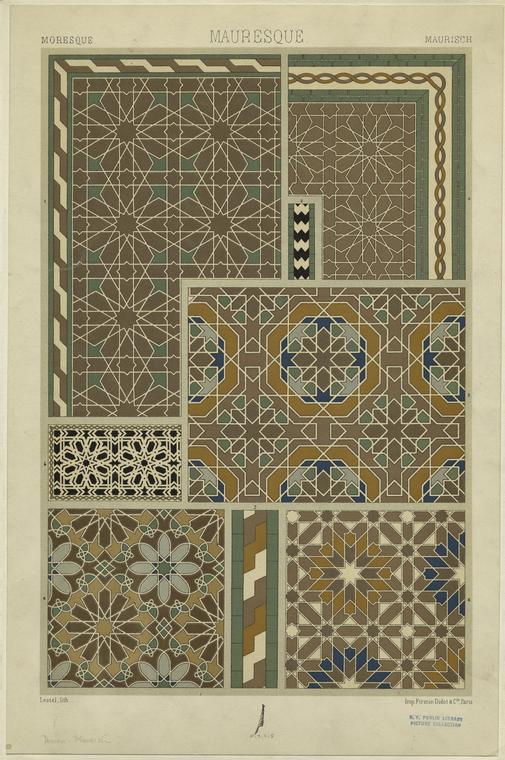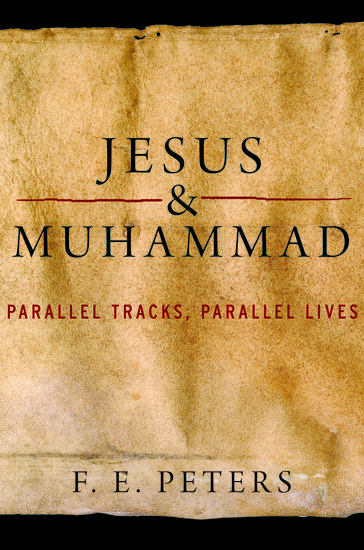By F. E. Peters
The Imitatio Christi, composed by the German monk Thomas à Kempis (d. 1471), is a classic of Christian spirituality, widely read and translated from Latin into a variety of languages. It is not of course an instructional manual for the imitation of Christ — how does one imitate the Son of God? — nor Jesus of Nazareth, the man born of woman who was revealed to be the Son of God. Kempis’ famous work has little to do with the Jesus of the Gospels and more to do with Aristotle and the theology faculty at the University of Paris (he disapproved) and the Fathers of the Desert in early Christian Egypt (he approved, with reservations; they were a bit excessive in their asceticism).
The Imitation of Christ was not addressed to all Christians but only to those who had chosen the monastic life. Christians generally, even those who had entered the religious life, did not take Jesus as a role model. They preferred rather mild-mannered saints with generous hearts or, for the more hardy, those same paladins of the desert that Kempis admired.
If Jesus does not serve very well as its behavioral role model, Christianity is nonetheless all about Christ. That was apparent from beginning when the name “Christers” (Christianoi) was applied early on to Jesus followers and the name stuck — justly so. Christian faith was firmly grounded in the resurrection, his sacrificial death, and the promise of eternal life.

The perception is correct: Islam is about the Qur’an and not about Muhammad, who is a mere mortal who neither redeemed nor saves Muslims and will not reappear as the End Time Messiah (a role that many Muslims believe Jesus will fill). Muhammad was rather a divinely appointed warner and the bearer of a message, a prophet. The message is the Qur’an (all of it God’s exact words), which constitutes the foundation of Islam. The Jewish and Christian Scriptures may report God’s words; the Qur’an reproduces them.
Nonetheless, a paradox soon emerges from this privileging of the message over the messenger. As it turns out, Islam is about Muhammad, not in any formal sense but operationally and effectively. The anniversary of the Prophet’s birthday (Milad or Mawlid al-Nabi) on the 12th (Sunnis) or the 17th (Shi ‘ites) of First Rabi‘ (the third month of the Muslims’ lunar calendar) is a world-wide Muslim celebration. Gifts are exchanged, food is distributed to the poor, and in sermon, poetry and song, the events surrounding the Prophet’s birth are rehearsed in detail as fanciful as that in the apocryphal Infancy Gospels of Christianity. Muhammad’s virtues are lavishly extolled throughout. And, as the Qur’an itself announces (33:21), he is a moral paradigm: he is “a beautiful model” for Muslim, and indeed, human behavior.
A deeper current of Muhammad’s influence in Islam casts a faint shadow of doubt. The Qur’an is an opaque document, difficult to read and difficult to understand. Its language is an obsolete Kunstsprache, the craft idiom of 6th and 7th century Bedouin bards. Its diction is poetic (a rhymed prose), its style allusive, its figures obscure, and its syntax problematic.
Though textual criticism is off limits, unlocking the Qur’an’s linguistic and syntactical mysteries has been the arduous task of Islam’s accomplished grammarians and philologists. Far more pressing, however, is an understanding of what God is so urgently prescribing and proscribing. What is God saying, yes. But more importantly, what does it mean for us? For me? And for that, there was only one sure guide, Muhammad.
Scripture is all about interpretation, and the institutional religions that have grown up around a revealed Scripture have made strenuous efforts to control the understanding of its contents. Christianity has expressed its more or less successful control through its declared magisterium, the ongoing authoritative teaching power vested in the Church and exercised through its bishops. For Jews and Muslims, that same teaching power is found primarily not in the living voices of its learned elites, the rabbis and the ulama, but in a body of reports, once oral but now committed to writing. In the case of the Jews, it is the Mishnah and the Talmud. In Islam, they are the hadith, the enormous body of “Prophetic reports.”
The hadith are the individual memories (in the form of discrete anecdotes) of eye-witnesses to the sayings and actions of Muhammad during his lifetime, each authenticated by a (usually) detailed chain of transmitters from the original witness. After careful scrunity, a canonical body of some 4000-odd “sound” hadith emerged out of hundreds of thousands of reports in circulation. The canonical collections have not, however, driven their less “sound” siblings out of circulation, nor is everyone fastidious when trolling in the enormous pool of circulating hadith.
The hadith open the Qur’an and became the critical key to understanding the opacities of the Muslim Scripture. They provide the setting or “occasion” of a Qur’anic pronouncement, its enlargement, and even at times, in open contradiction of the Scripture, its abridgement or “abrogation.” They represent a take not only on the Qur’an but on life itself from the lips of God’s chosen messenger and the best human personification of Islam.
In addition to recording the Prophet’s views on legal matters, the hadith are filled with information about the Prophet’s habits and customs, likes and dislikes, his preferences in everything from wives and food to haircuts. These more personal reports on Muhammad, the “haggadic” rather than the “halakhic” matter in the hadith, were first broken out of the great mass of traditions by a Persian hadith collector named al-Tirmidhi. His Shama’il or The Beauteous Virtues of Muhammad makes no pretense to biography, but is a hagiographic anthology.
We are at a far remove from Thomas à Kempis. Tirmidhi has reproduced 397 hadith divided into 55 chapters, beginning with the Prophet’s general physical appearance and the physical “seal of prophethood,” which was, according to one account, a red tumor the size of a pigeon’s egg between his shoulders. Next comes the Prophet’s hair, its quality, texture and style, his use of dyes and of kohl eye-liner. Muhammad’s clothes, shoes, and armor are described by witnesses. We are told how he walked, how he sat, reclined, took his meals. A great deal of attention is devoted to the Prophet’s diet and mealtime etiquette. The Prophet spoke moderately and clearly, and he smiled and joked a lot. Finally, Muhammad possessed, like many another saint, the unmistakable “odor of sanctity”: the Prophet smelled good.
Kempis was chiefly interested in exhorting his audience to a higher level of spiritual practice by a rather didactic rehearsal of the virtues of religion; Tirmidhi’s ostensible objective was to exalt his subject, the Envoy of God, and his anecdotal presentation is more lively than the German monk’s rather dry tone. In addition to homely vignettes, he shows us through the medium of hadith the Prophet at prayer, and these hadith carry the commentators deep into legal discussions of the canonically proper prayer etiquette. The same is true of fasting. The cited examples of the Prophet, sometimes conflicting, sometimes self-contradictory, are the prime matter of Shari’a or Canon Law, and the jurisprudents had to deal with them as best they could.
The hagiographical exuberance of Tirmidhi’s Beauteous Virtues and its many literary descendants was modulated only by its necessary ties to actual hadith, whether “sound,” “weak,” or somewhere in between. And if the Shama’il seems a far cry from the Imitatio Christi, that latter work is far more distant from Jesus of Nazareth than the Beauteous Virtues from the historical Muhammad.
Like their Christian counterparts, pious Muslims often resorted to an emulation of the more attainable virtues of Sufi saints whose lives provided generous biographical matter for the hagiographers, including Tirmidhi himself. But they never turned away from the “beautiful exemplar” that was Muhammad. On one level, the adoption of certain manners or practices that approximated the Prophet’s own was an easy and attractive option. But the Ittiba‘ al-sunnah, “imitation of the customary behavior [of the Prophet],” is morally more pressing since it appears to be at least implicitly enjoined by the Qur’anic verse 33:21, which reads in its entirety: “In truth you have in the Envoy of God a beautiful model for someone who looks to God and the Last Day and is much mindful of God.”
F. E. Peters is the author of Jesus and Muhammad: Parallel Tracks, Parallel Lives. Professor Emeritus of Middle Eastern and Islamic Studies and Religion at New York University, he is a scholar and teacher of classics, philosophy, urbanism, Middle Eastern history, and Islamic Studies. The author of pioneering comparative studies of Judaism, Christianity and Islam, he remains a leader in this field.
Subscribe to the OUPblog via email or RSS.
Subscribe to only religion articles on the OUPblog via email or RSS.
View more about this book on the ![]()
![]()



beautiful comparison.although the conflicting or comtradictory demand more attention.A hadith has layers of meanings that cannot be understood by mere reading.it requires learning from a more knowledgable authority.thats why one needs a shykh.to form an informed opinion that allows a more detailed comparison